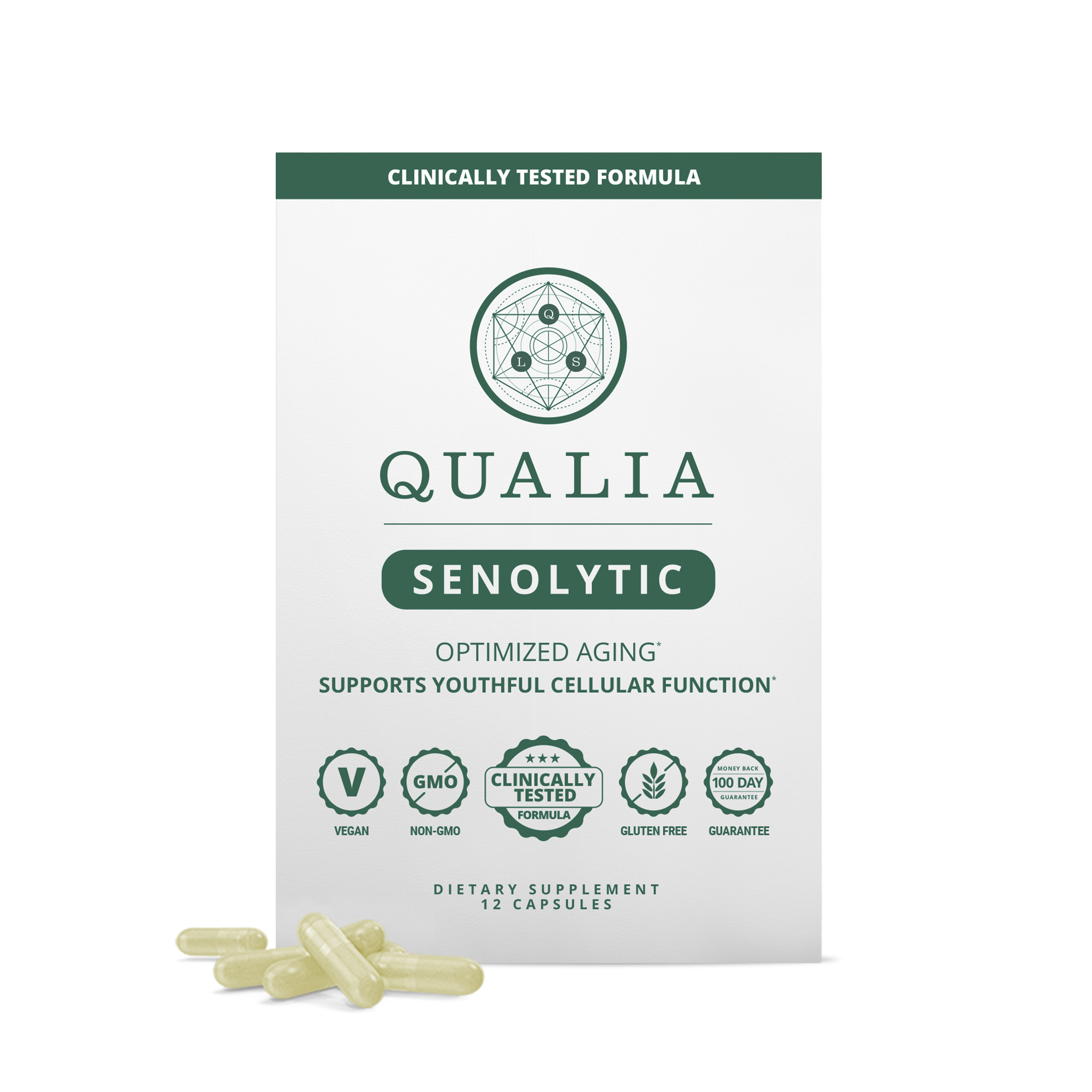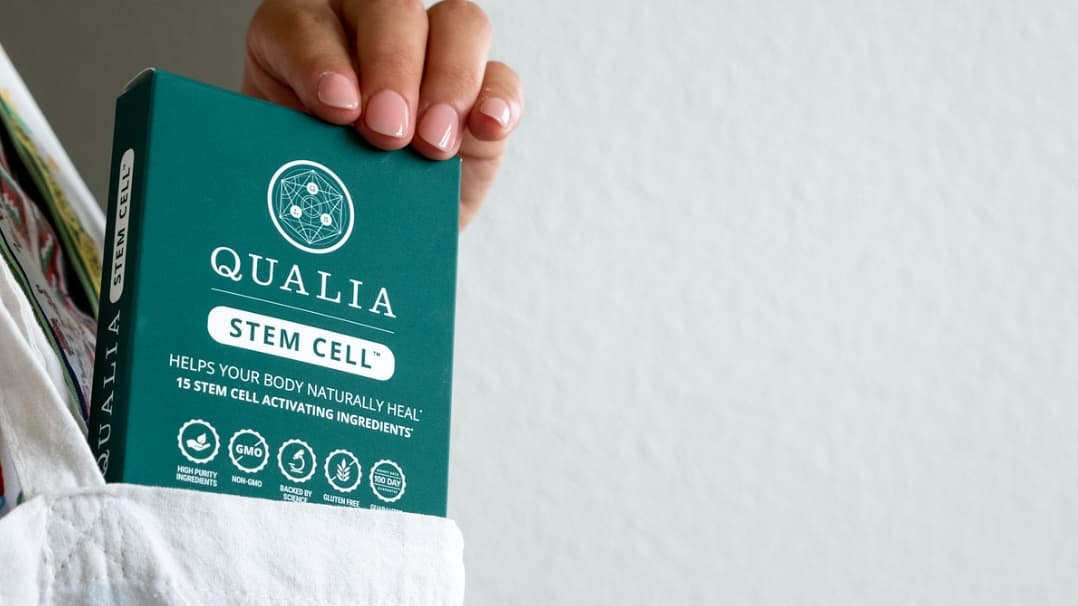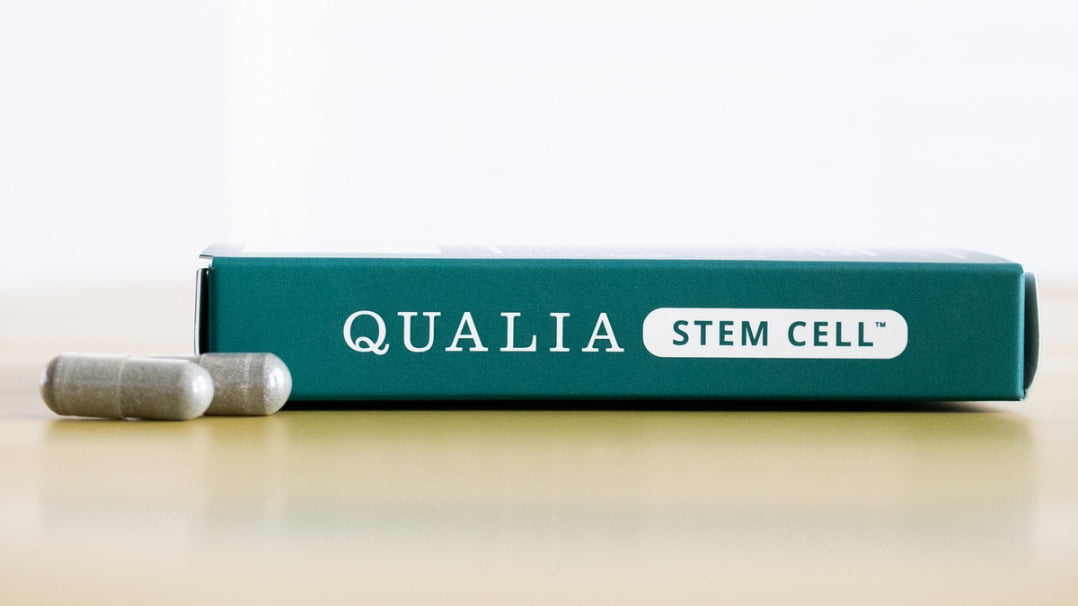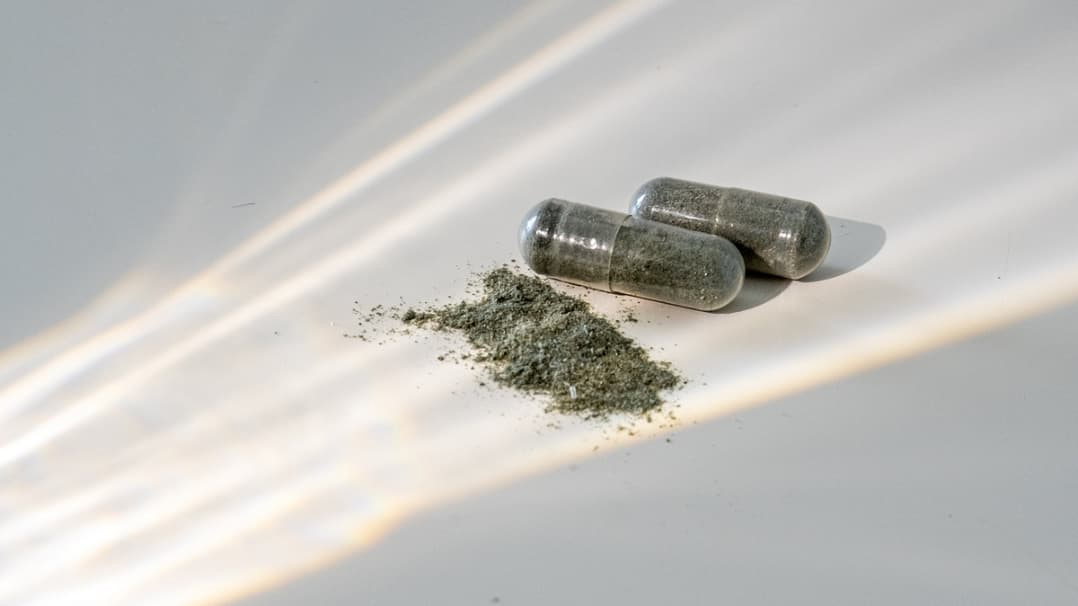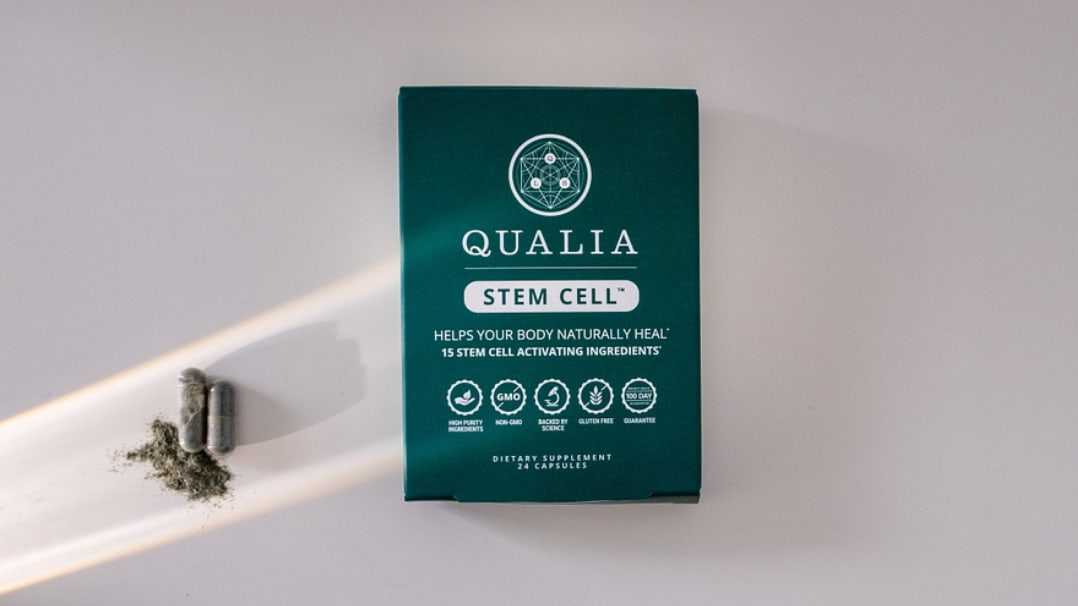Milk Thistle Fruit Extract

Milk thistle (Silybum marianum) is a plant whose seed-like fruits (called achenes) have been used for more than 2,000 years in Europe and countries bordering the Mediterranean sea. One of its main traditional uses was as a liver tonic. Milk thistle is indigenous to Europe but can also be found growing in the United States and South America. The main active substance in milk thistle is silymarin, which is a complex mixture of flavonolignan compounds. The primary flavonolignans in silymarin are silybins A and B (this mixture of silybins A and B is often called silibinin in scientific studies), isosilybins A and B, silychristin (also known as silichristin), silydianin (also known as silidianin), and their flavonoid precursor, taxifolin. Milk thistle has been one of, if not the most studied herb for supporting liver health. It has also received research attention in other areas including as support for brain health, metabolic health, detoxification pathways, skin health, and healthy aging.*
TOP BENEFITS OF MILK THISTLE
Supports healthy liver function *
Supports healthy aging *
QUALIA’S MILK THISTLE SOURCING
Milk Thistle Fruit Extract is made from the dried, ripe fruit.
Milk Thistle Fruit Extract is standardized to contain not less than 58% silymarin by HPLC (this corresponds to 80% silymarin by spectrophotometry).
Milk Thistle Fruit Extract is produced in Spain by Euromed. Euromed has been a leader in producing the highest quality milk thistle extracts since 1971, and has produced the standardized milk thistle extracts used in a number of human studies.
Milk Thistle Fruit Extract is non-GMO, gluten-free, and vegan.
MILK THISTLE FORMULATING PRINCIPLES AND RATIONALE
Milk thistle serving is typically determined based on its silymarin content (i.e., the total amount of the complex mixture of flavonolignan compounds). We are using an extract standardized to 58% silymarin by HPLC, which corresponds to 80% silymarin by spectrophotometry (HPLC and spectrophotometry are different types of tests—HPLC is the more accurate). This is important, because many studies, especially older ones, give an amount of silymarin but don’t tell you what type of test it’s based on. And some supplement companies report the amount of silymarin based on spectrophotometry, not HPLC (if they are listing a standardization more than 58% they are very likely using the less accurate spectrophotometry number). The key thing to understand is that the milk thistle extract we are using is from the company that produced the 1st standardized European milk thistle extract in 1971 (silymarin was only identified in 1968), and produced the extract used in a number of the human studies. Our recommended serving was chosen to supply an amount of silymarin we expect, based on research, to play a complementary role with other ingredients in the formula.*
MILK THISTLE KEY MECHANISMS
Supports liver health*
Supports liver function* [1–3]
Supports liver structure* [1,4–6]
Supports liver detoxification functions* [3,7–10]
Supports liver antioxidant defenses and counters oxidative stress* [10–14]
Influences liver immune signaling* [5,12,14–16]
Supports brain function*
Supports cognitive function (in animals)* [17–19]
Counters ROS levels and oxidative stress* [17,19]
Supports autophagy* [17]
Supports brain mitochondrial function* [20]
Influences microglia activation and immune signaling* [18]
Influences neural senescence* [19]
Supports neuroprotective functions* [21]
Promotes healthy aging and longevity*
Supports cellular functions involved with managing senescent cells* [22,23]
Supports vascular function* [24,25]
Supports autophagy* [26–31]
Influences SIRT1 signaling* [26,32–35]
Influences AMPK signaling* [26,28,30,35]
Influences mTOR signaling* [28,30,31]
Complementary ingredients*
Curcumin (from turmeric extracts) for supporting cellular and tissue health* [36–42]
Berberis aristata for supporting metabolic health* [43]
*These statements have not been evaluated by the Food and Drug Administration. This product is not intended to diagnose, treat, cure, or prevent any disease.
REFERENCES
[1]H.A. Salmi, S. Sarna, Scand. J. Gastroenterol. 17 (1982) 517–521.
[2]G. Sorrentino, P. Crispino, D. Coppola, G. De Stefano, Drugs R. D. 15 (2015) 21–25.
[3]L. Tao, X. Qu, Y. Zhang, Y. Song, S.-X. Zhang, Can J Gastroenterol Hepatol 2019 (2019) 3192351.
[4]C.S. Lieber, M.A. Leo, Q. Cao, C. Ren, L.M. DeCarli, J. Clin. Gastroenterol. 37 (2003) 336–339.
[5]M. Trappoliere, A. Caligiuri, M. Schmid, C. Bertolani, P. Failli, F. Vizzutti, E. Novo, C. di Manzano, F. Marra, C. Loguercio, M. Pinzani, J. Hepatol. 50 (2009) 1102–1111.
[6]C. Wah Kheong, N.R. Nik Mustapha, S. Mahadeva, Clin. Gastroenterol. Hepatol. 15 (2017) 1940–1949.e8.
[7]C. El-Bahay, E. Gerber, M. Horbach, Q.H. Tran-Thi, E. Röhrdanz, R. Kahl, Toxicol. Appl. Pharmacol. 158 (1999) 253–260.
[8]J. Gu, S.-J. Tang, S.-Y. Tan, Q. Wu, X. Zhang, C.-X. Liu, X.-S. Gao, B.-D. Yuan, L.-J. Han, A.-P. Gao, M.-Y. Wu, L.-H. Huang, J. Ma, H.-P. Xiao, Int. J. Clin. Exp. Med. 8 (2015) 4320–4327.
[9]C. Luangchosiri, A. Thakkinstian, S. Chitphuk, W. Stitchantrakul, S. Petraksa, A. Sobhonslidsuk, BMC Complement. Altern. Med. 15 (2015) 334.
[10]Z. Papackova, M. Heczkova, H. Dankova, E. Sticova, A. Lodererova, L. Bartonova, M. Poruba, M. Cahova, PLoS One 13 (2018) e0191353.
[11]D.Y. Kwon, Y.S. Jung, S.J. Kim, Y.S. Kim, D.W. Choi, Y.C. Kim, Planta Med. 79 (2013) 997–1002.
[12]S.H. Kim, D.-S. Oh, J.Y. Oh, T.G. Son, D.Y. Yuk, Y.-S. Jung, Molecules 21 (2016) 443.
[13]A.K. Onalan, S. Tuncal, S. Kilicoglu, S. Celepli, E. Durak, B. Kilicoglu, E. Devrim, A.M. Barlas, K. Kismet, Acta Cir. Bras. 31 (2016) 801–806.
[14]X. Zhao, H. Wang, Y. Yang, Y. Gou, Z. Wang, D. Yang, C. Li, Drug Des. Devel. Ther. 15 (2021) 1903–1914.
[15]C.-C. Li, C.-Y. Hsiang, S.-L. Wu, T.-Y. Ho, Food Chem. Toxicol. 50 (2012) 1568–1575.
[16]S. Clichici, D. Olteanu, A. Filip, A.-L. Nagy, A. Oros, P.A. Mircea, J. Med. Food 19 (2016) 789–797.
[17]Q. Wang, L. Zou, W. Liu, W. Hao, S.-I. Tashiro, S. Onodera, T. Ikejima, Pharmacol. Biochem. Behav. 98 (2011) 140–149.
[18]G. Jin, D. Bai, S. Yin, Z. Yang, D. Zou, Z. Zhang, X. Li, Y. Sun, Q. Zhu, Neurosci. Lett. 629 (2016) 256–261.
[19]B. Liu, W. Liu, P. Liu, X. Liu, X. Song, T. Hayashi, S. Onodera, T. Ikejima, Neurochem. Res. 44 (2019) 1818–1829.
[20]C. Esselun, B. Bruns, S. Hagl, R. Grewal, G.P. Eckert, Antioxidants (Basel) 10 (2021).
[21]K. Hirayama, H. Oshima, A. Yamashita, K. Sakatani, A. Yoshino, Y. Katayama, Brain Res. 1646 (2016) 297–303.
[22]G. Deep, R. Kumar, A.K. Jain, C. Agarwal, R. Agarwal, Mutat. Res. 768 (2014) 35–46.
[23]G. Deep, S.C. Gangar, C. Agarwal, R. Agarwal, Cancer Prev. Res. 4 (2011) 1222–1232.
[24]B. Demirci, T. Dost, F. Gokalp, M. Birincioglu, Phytother. Res. 28 (2014) 868–872.
[25]B. Demirci, O. Demir, T. Dost, M. Birincioglu, Pharm. Biol. (2013).
[26]X. Liu, Q. Xu, X. Long, W. Liu, Y. Zhao, T. Hayashi, S. Hattori, H. Fujisaki, T. Ogura, S.-I. Tashiro, S. Onodera, M. Yamato, T. Ikejima, Mol. Cell. Biochem. 450 (2019) 1–23.
[27]C. Wang, C. He, S. Lu, X. Wang, L. Wang, S. Liang, X. Wang, M. Piao, J. Cui, G. Chi, P. Ge, Cell Death Dis. 11 (2020) 630.
[28]Y. Li, L. Ren, G. Song, P. Zhang, L. Yang, X. Chen, X. Yu, S. Chen, Endocr. Metab. Immune Disord. Drug Targets 19 (2019) 632–642.
[29]W. Liu, W. Otkur, L. Li, Q. Wang, H. He, Y. Ye, Y. Zhang, T. Hayashi, S.-I. Tashiro, S. Onodera, T. Ikejima, J. Photochem. Photobiol. B 123 (2013) 23–31.
[30]F. Li, Z. Ma, Z. Guan, Y. Chen, K. Wu, P. Guo, X. Wang, D. He, J. Zeng, Int. J. Mol. Sci. 16 (2015) 8415–8429.
[31]Z.-L. Bai, V. Tay, S.-Z. Guo, J. Ren, M.-G. Shu, Biomed Res. Int. 2018 (2018) 6165192.
[32]W.-T. Wu, Y.-R. Chen, D.-H. Lu, F.S. Senatov, K.-C. Yang, C.-C. Wang, J. Orthop. Surg. Res. 16 (2021) 147.
[33]B. Feng, B. Huang, Y. Jing, S. Shen, W. Feng, W. Wang, R. Meng, D. Zhu, Cell. Signal. 84 (2021) 110023.
[34]N. Kheiripour, J. Karimi, I. Khodadadi, H. Tavilani, M.T. Goodarzi, M. Hashemnia, J. Basic Clin. Physiol. Pharmacol. 29 (2018) 301–308.
[35]F. Salomone, I. Barbagallo, J. Godos, V. Lembo, W. Currenti, D. Cinà, R. Avola, N. D’Orazio, F. Morisco, F. Galvano, G. Li Volti, Nutrients 9 (2017).
[36]A. Montgomery, T. Adeyeni, K. San, R.M. Heuertz, U.R. Ezekiel, J. Cancer 7 (2016) 1250–1257.
[37]V. Alfonso-Moreno, A. López-Serrano, E. Moreno-Osset, Rev. Esp. Enferm. Dig. 109 (2017) 875.
[38]S. Dalimi-Asl, H. Babaahmadi-Rezaei, G. Mohammadzadeh, Iran. J. Med. Sci. 45 (2020) 477–484.
[39]S.O. Ali, H.A. Darwish, N.A. Ismail, Basic Clin. Pharmacol. Toxicol. 118 (2016) 369–380.
[40]M. Nasiri, N. Zarghami, K.N. Koshki, M. Mollazadeh, M.P. Moghaddam, M.R. Yamchi, R.J. Esfahlan, A. Barkhordari, A. Alibakhshi, Asian Pac. J. Cancer Prev. 14 (2013) 3449–3453.
[41]N. Abdel-Magied, A.A. Elkady, Exp. Mol. Pathol. 111 (2019) 104299.
[42]H. Avci, E.T. Epikmen, E. Ipek, R. Tunca, S.S. Birincioglu, H. Akşit, S. Sekkin, A.N. Akkoç, M. Boyacioglu, Exp. Toxicol. Pathol. 69 (2017) 317–327.
[43]B. Tóth, D. Németh, A. Soós, P. Hegyi, G. Pham-Dobor, O. Varga, V. Varga, T. Kiss, P. Sarlós, B. Erőss, D. Csupor, Planta Med. 86 (2020) 132–143.
